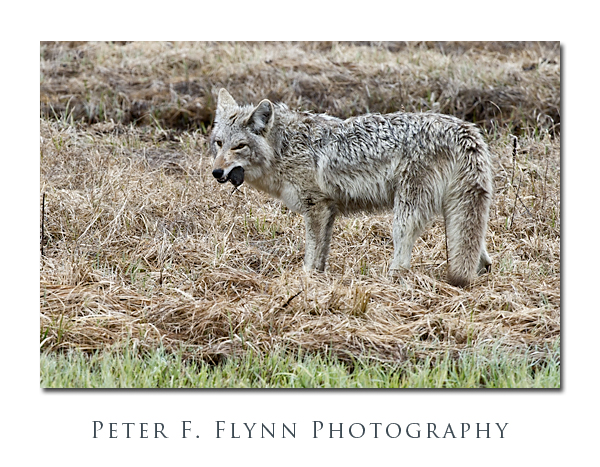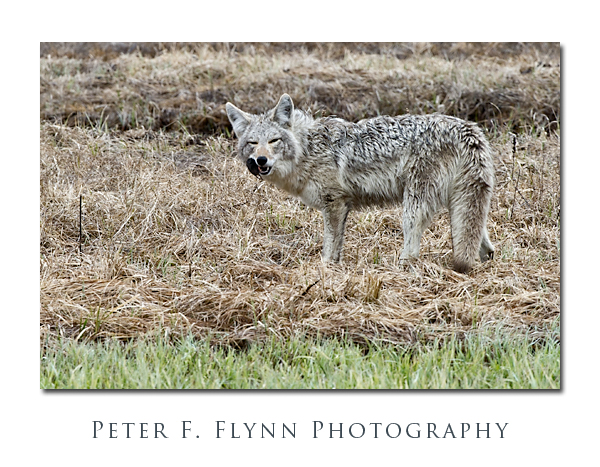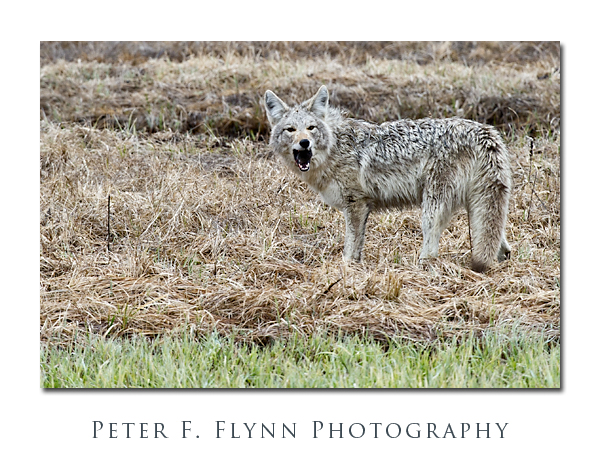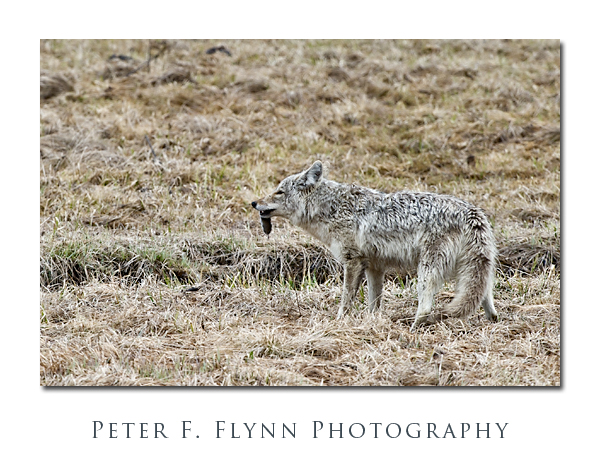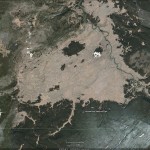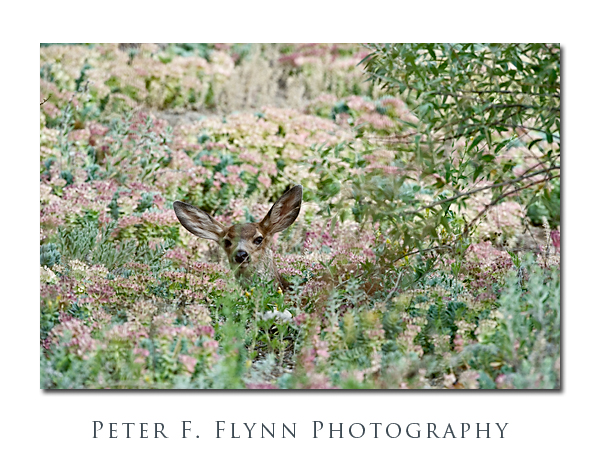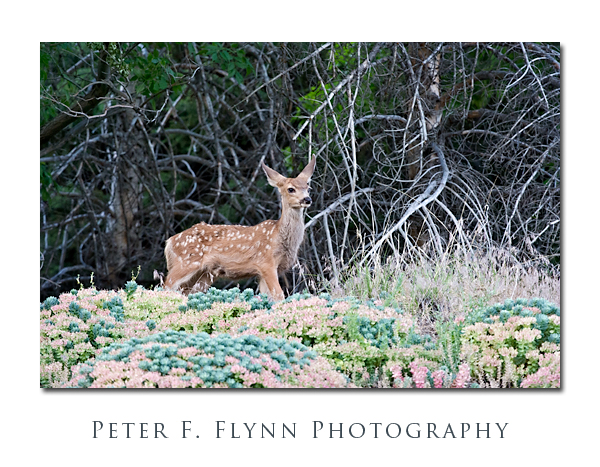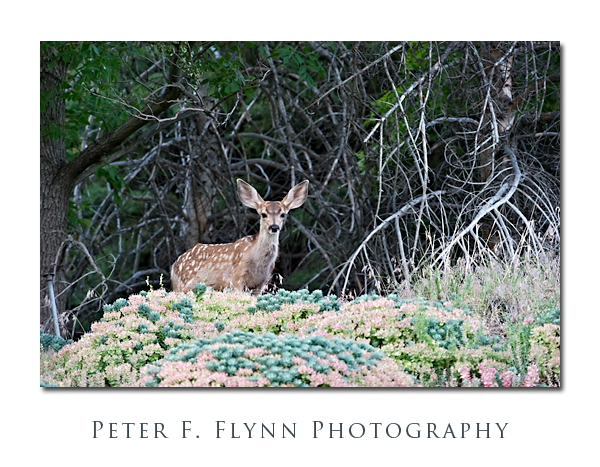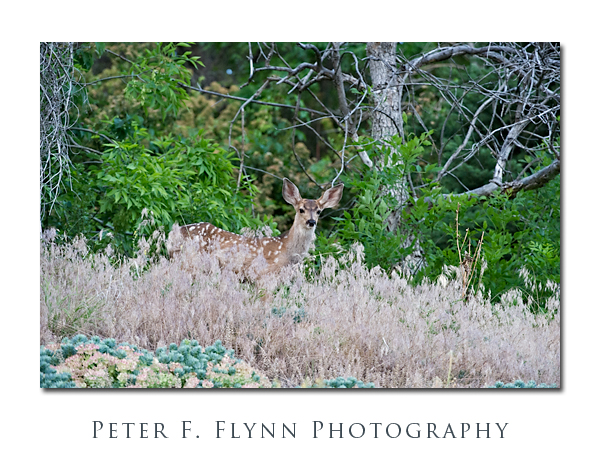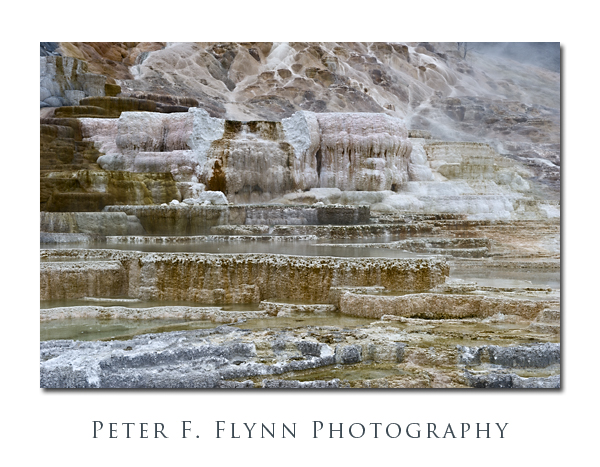
YNP is the sort of place that will confuse a photographer. From Mammoth Hot Springs for example, one can walk over and visit the many excellent thermal features, take a drive north along the Gardner River to the northwest corner of the park and beyond, or head eastwards, first to the Blacktail Deer Plateau, then to the Tower-Roosevelt junction, and then further on to Specimen Ridge and the Lamar Valley. What to do… What to do… The weather on the morning of May 19, 2010, was not too promising, and as a hedge against making the wrong choice, we decided to begin the day wandering through the hot springs.
The image above of Palette Spring was recorded at 09:30 MDT using the Nikon D3s and the AF-S NIKKOR 24-70mm f/2.8G ED lens at 58mm. Exposure was f/16 at 1/25s (+0.67 EV), ISO 200. The subtle coloring of the spring is apparent even in the rather moody morning light.
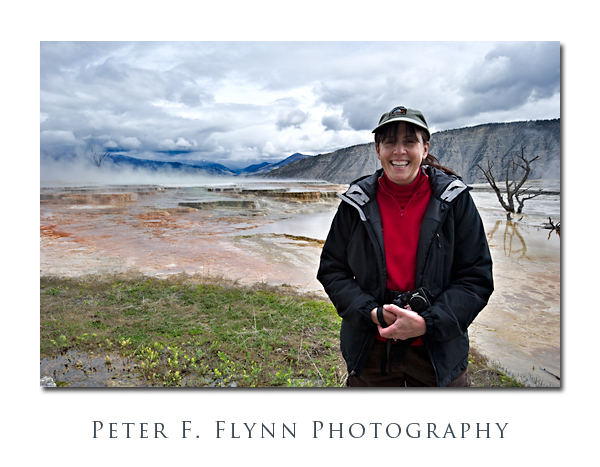
The image above of the HP was recorded at 11:30 MDT near the Main Terrace using the D3s and the AF-S NIKKOR 16-35mm f/4G ED VR lens at 29mm. Exposure was f/16 and 1/200s (+0.33 EV), ISO 640. This is an excellent location on a cloudy day – the mist from the spring dissipates seamlessly in the clouds. The mineral colors here are intense and form remarkable combinations of light and dark hues.
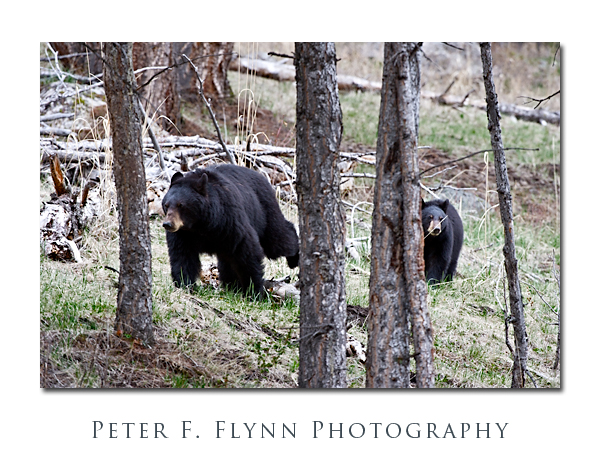
From Mammoth Hot Spring we headed eastward along the Grand Loop Road (Montana/Wyoming Highway 212?). As is often the case in the National Parks, a large group of cars being herded around by a Park Service Ranger alerted us to a potential animal encounter. And what an encounter it was! A Black Bear sow and two cubs had committed to forage alongside the highway, and then by default decided to let about 200 spectators join in the fun. Things began to get interesting when the trio decided to cross the road from north to south. It is rather remarkable that many of the critters in the park seems to have no fear about crossing two-lane highways. The traffic even this early in the season is far from light. At any rate, cross the highway they did, and not only that, but also trotted along the road southward bringing themselves very close to where the Dude had set up for a shot of the group. The ranger on duty decided that the bears had become uncomfortably close to the human, and began clapping his hands in an effort to move the bears from the vicinity of the road. This had the effect of triggering an instinctive response from the bear cubs: which is to dash for the nearest tree, and pin themselves to the tree trunk in preparation for a rapid retreat up and out of harm’s way.
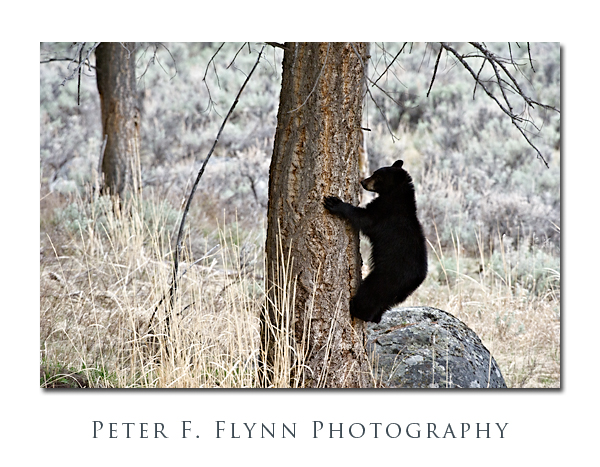
Later in the day, we had the opportunity to again view the cousins of the Black Bears, the two Grizzly Bears at Blacktail Lakes (or Ponds, it appears to be labeled ‘Ponds’ on maps, but there is a sign at location indicating ‘Lakes’). As on the previous day (May 18, 2010), the two animals searched and searched until they located their prize, a mostly-consumed Buffalo carcass submerged in the lake. It is an absolute joy to have so much wildlife in such close proximity. In particular, it is evident that the behavior of Black Bears and Grizzly Bears is remarkably distinct. While black bears seem well setup for life in and around trees, and at any rate they never seem to venture far from the confine of the forest, Grizzlys seem to favor open valleys and meadows – but probably just about anywhere they can locate a reeking something to eat…
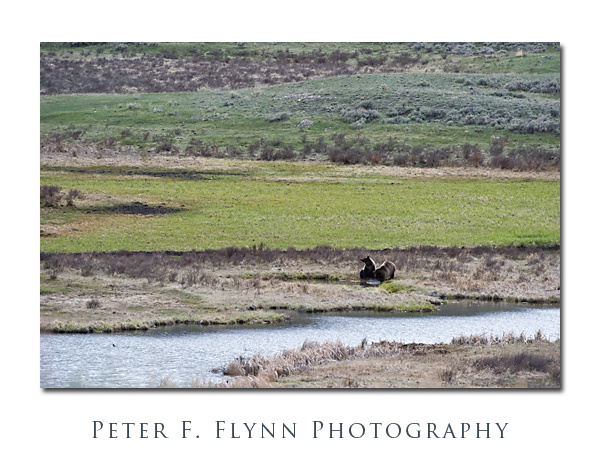
The images above and blow were recorded on May 19, 2010 at about 18:30 MDT using the Nikon D3s and the AF-S NIKKOR 200-400mm f/4G ED VR lens at either f/8 and 1/3200s, ISO at 6400 (above, experimental conditions?) or f/8 and 1/800, ISO 3200 (below) using the Nikon 200-400mm lens at 400mm.
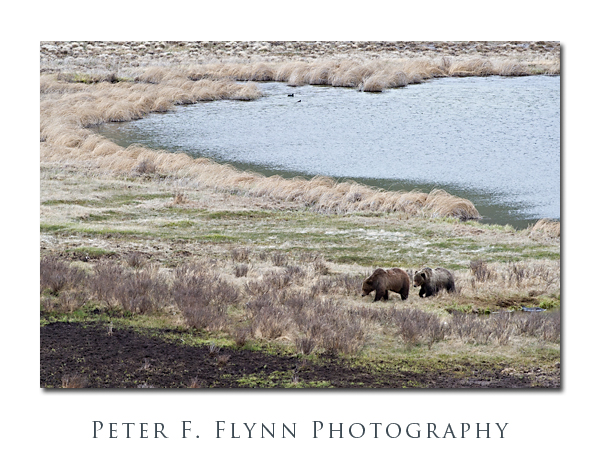 Copyright 2010 Peter F. Flynn. No usage permitted without prior written consent. All rights reserved.
Copyright 2010 Peter F. Flynn. No usage permitted without prior written consent. All rights reserved.
